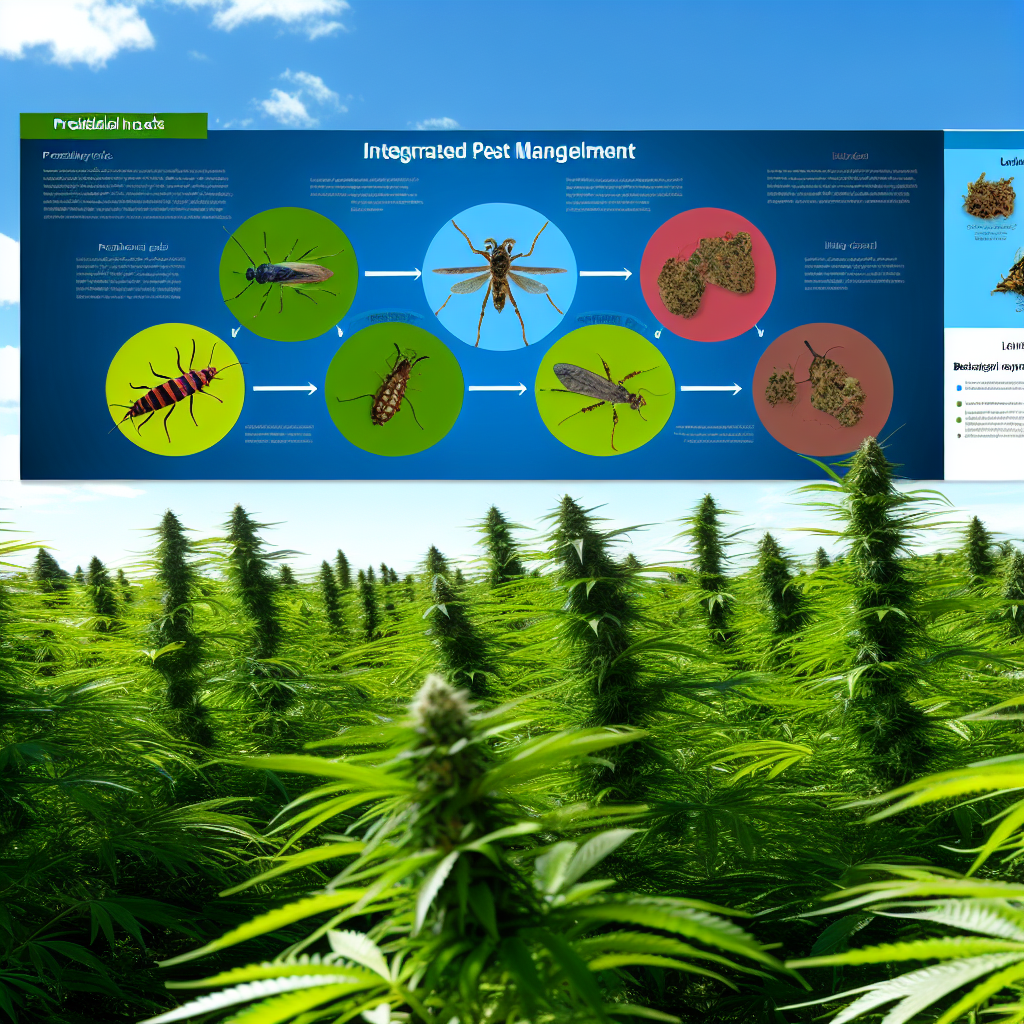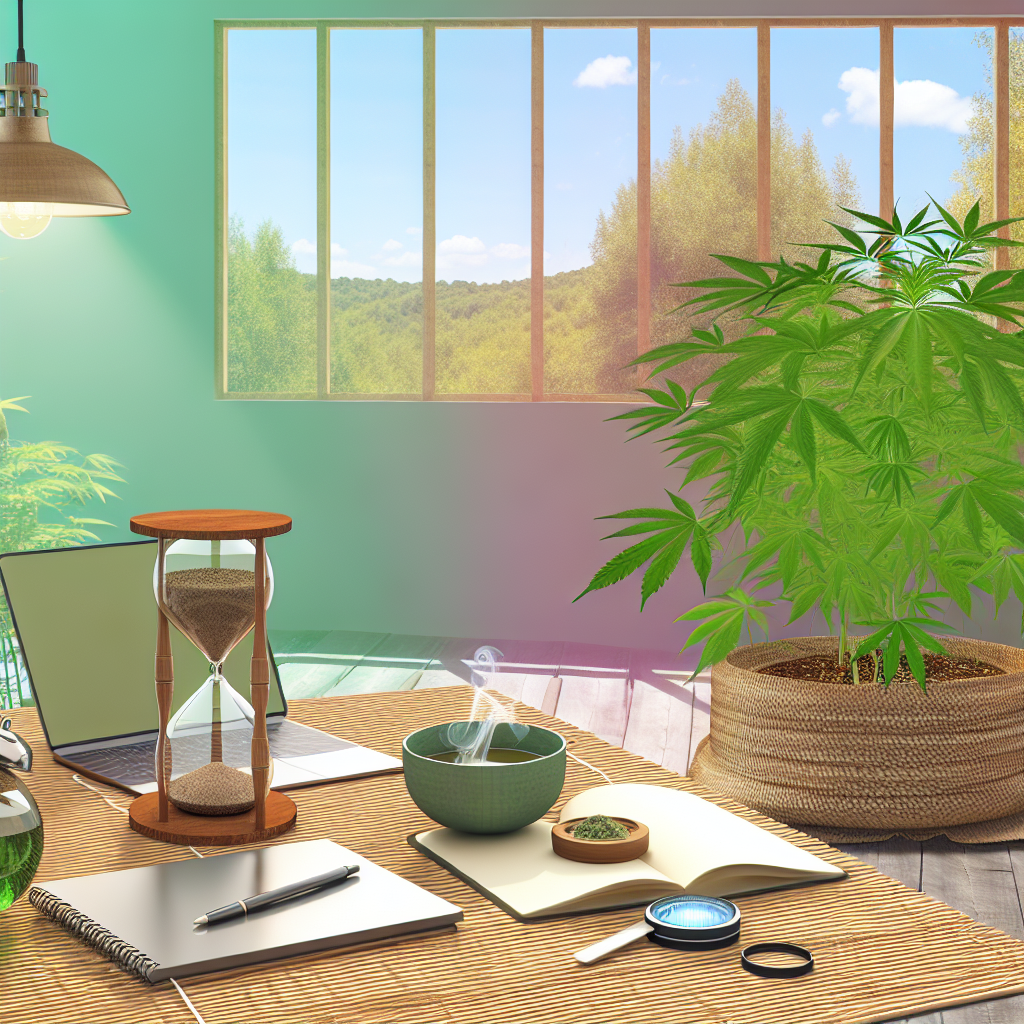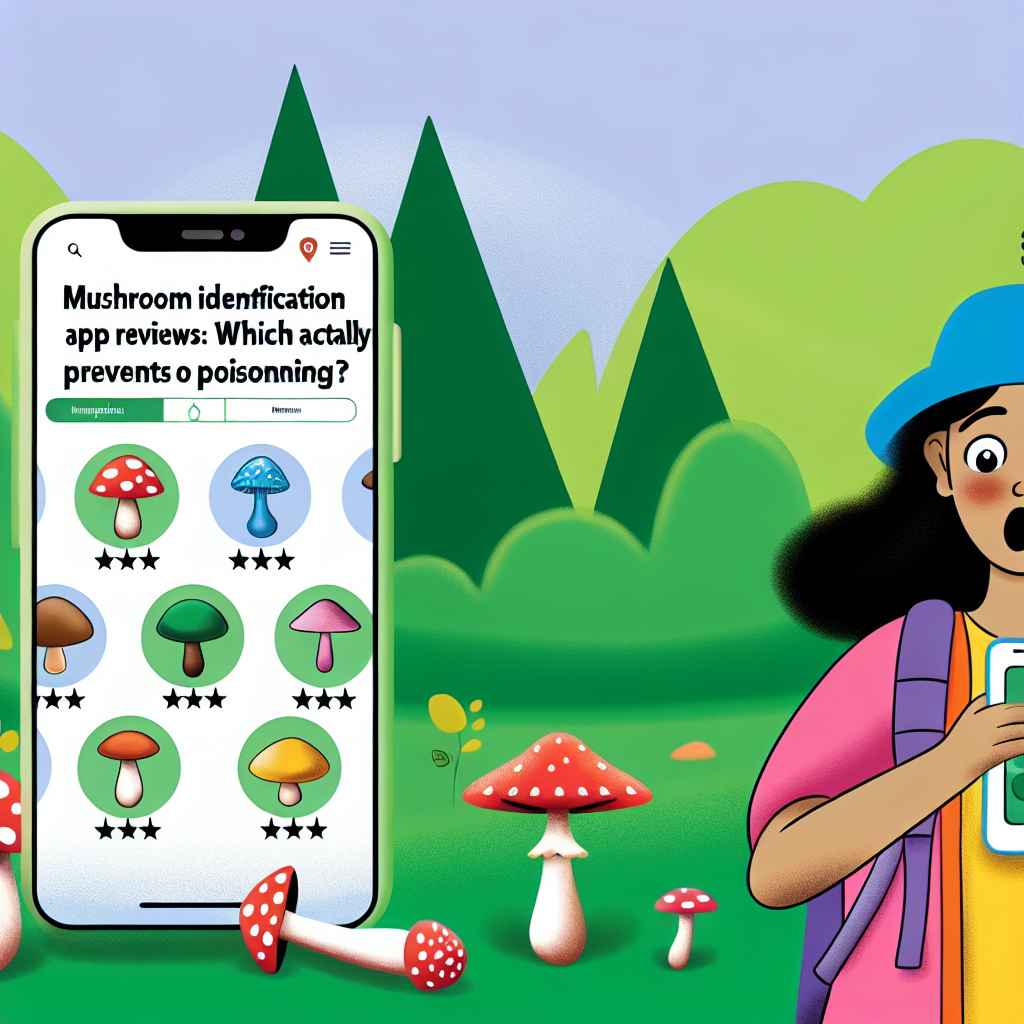# Advanced VPD Management – Optimizing Transpiration and Nutrient Uptake in Late Flowering
Maximize the phytochemical potential of your crops through scientific VPD control during late-stage cannabis flowering.
## Unlocking Late Flowering Excellence: Why VPD Matters More Than Ever
For both medical cannabis professionals and passionate home cultivators, late flowering represents a critical phase in the plant’s life cycle. This is when cannabinoid and terpene production peaks, resin glands mature, and the plant channels energy into dense flower development.
Optimizing environmental conditions during this time can mean the difference between a premium harvest and a lackluster yield. One of the most important—but often underestimated—parameters in this phase is Vapor Pressure Deficit (VPD).
VPD is the difference between the actual moisture in the air and how much that air can hold when fully saturated. This variable plays a pivotal role in regulating plant transpiration, stomatal behavior, and ultimately nutrient uptake.
## VPD in Late Flowering: More Than Just Temperature and Humidity
In the late flowering stage, cannabis reduces vegetative growth and shifts almost entirely to reproductive processes. As a result, VPD management becomes more nuanced. A well-calibrated VPD encourages moderate transpiration, facilitates efficient nutrient transport, and protects against moisture-related stress or disease.
Many growers overlook this vital aspect by only adjusting temperature or relative humidity, without fully understanding how the two interact from a plant physiology standpoint. Mismanaged VPD can trigger a cascade of issues—nutrient lockout, reduced terpene synthesis, increased botrytis risk, and diminished trichome development.
Lower relative humidity is often recommended in late flowering to mitigate mold, but lowering RH without adjusting temperature can spike VPD too high. Conversely, too low a VPD reduces transpiration, disrupting nutrient flow and limiting flower development.
## Science Speaks: Proven VPD Ranges Boost Potency and Yield
Recent agronomic studies confirm that VPD is among the most accurate indicators of transpiration potential—far more insightful than temperature or RH alone. Because VPD combines both values, it offers a complete view of atmospheric moisture demand and its impact on stomata.
According to the study Transpiration in Cannabis Grown Under Controlled Environments: Effects of VPD on Growth and Composition (Rodrigues et al., 2022), maintaining a VPD between 1.0 and 1.5 kPa during late flowering led to higher dry flower yields and improved cannabinoid content—particularly THC and CBG. Furthermore, plants in this range demonstrated stronger resistance to powdery mildew.
The takeaway? A dynamic VPD management strategy significantly enhances both growth vigor and phytochemical density.
## Nutrient Uptake, Calcium Mobility, and the VPD Connection
Another critical aspect revealed by research is VPD’s influence on vital nutrient uptake—especially calcium and magnesium. These elements are essential for robust bud structure and trichome development during late flowering.
Calcium is notably immobile in cannabis and depends on transpiration streams to reach developing flowers. If the VPD is too low, transpiration slows, resulting in calcium deficiencies despite adequate soil or nutrient levels.
On the other end of the scale, excessively high VPD (above 1.7 kPa) causes stomata to close, restricting CO₂ uptake and photosynthetic activity—slowing down not only bud growth but also cannabinoid biosynthesis.
## Monitoring Tools and Automated Precision Make VPD Management Seamless
Advancements in cultivation technology offer growers tools to manage and fine-tune VPD with precision. Devices like infrared thermometers and thermal cameras now allow for accurate measurement of leaf surface temperature—a critical upgrade over relying solely on ambient temperature. This brings about what is referred to as “true VPD,” delivering better control over actual plant transpiration rates.
Smart environmental control systems from companies like Pulse, Growlink, and TrollMaster take it one step further. These platforms automate HVAC and humidification protocols in real-time based on live VPD readings and historical trends. Some systems even provide data logs to help cultivators identify correlations between environment and yield.
By leveraging these technologies, cultivators can achieve consistent results and optimize for flower quality in medical and commercial grows alike.
## Beyond Cultivation: VPD Influences Product Efficacy for Patients
Medical cannabis patients benefit directly from precise VPD control. Higher cannabinoid concentrations and tighter terpene profiles contribute to improved therapeutic effectiveness and consistency—critical in treatments for conditions such as chronic pain, epilepsy, and anxiety.
By mastering VPD, cultivators not only enrich the plant but amplify its healing potential. This underscores VPD management as a vital standard in pharmaceutical-grade cannabis operations.
## Conclusion: VPD Management is the Keystone of Late Flowering Success
As cannabis cultivation evolves into a highly technical and performance-driven practice, Vapor Pressure Deficit emerges as a key pillar in consistent, high-quality production.
In late flowering—the final sprint toward a successful harvest—managing VPD properly ensures plants transpire efficiently, absorb vital nutrients, and produce peak levels of cannabinoids and terpenes.
High-performance growers who integrate VPD science with intuitive automation stand to reap not only stronger yields, but a superior end product that meets both connoisseur and medical-grade standards.
## References
– [Transpiration in Cannabis Grown Under Controlled Environments: Effects of VPD on Growth and Composition](https://www.sciencedirect.com/science/article/pii/S0304423822000332)
– [Environmental Effects on Medical Cannabis Cultivation](https://www.ncbi.nlm.nih.gov/pmc/articles/PMC8228235/)
– [Optimal Rate of Organic Fertilizer During the Flowering Stage for Cannabis Grown in Two Coir-Based Substrates](https://journals.ashs.org/hortsci/view/journals/hortsci/54/6/article-p964.xml)
– [Growlink Smart Grow Room Automation](https://growlink.com/)
– [Pulse Vapor Pressure Deficit Explained](https://getpulse.co/blogs/learn/vpd-vapor-pressure-deficit)
**Summary:**
This comprehensive guide explores the critical role of Vapor Pressure Deficit (VPD) in optimizing cannabis cultivation during the late flowering stage. By understanding how VPD influences transpiration, nutrient uptake, and phytochemical production, growers can unlock peak potency and yield. The article also covers the latest research, monitoring technologies, and automation tools that make precise VPD management seamless. Mastering this environmental parameter is key to consistently producing premium medical-grade cannabis.




